Blueberries are considered to be an all-purpose berry because they are affordable, visually appealing, and delicious. They are grown wild or cultivated and are available in farmers’ markets, groceries, and supermarkets around the US either fresh or frozen.
Blueberries are also flexible to eat. They can be baked into a pie or muffin, sprinkled over a bowl of cereal or salad, mixed into a pancake or yogurt, blended into a smoothie, incorporated into a granola, or simply eaten as they are. But are blueberries and green poop connected? Let’s find out.
Blueberries: Background Info
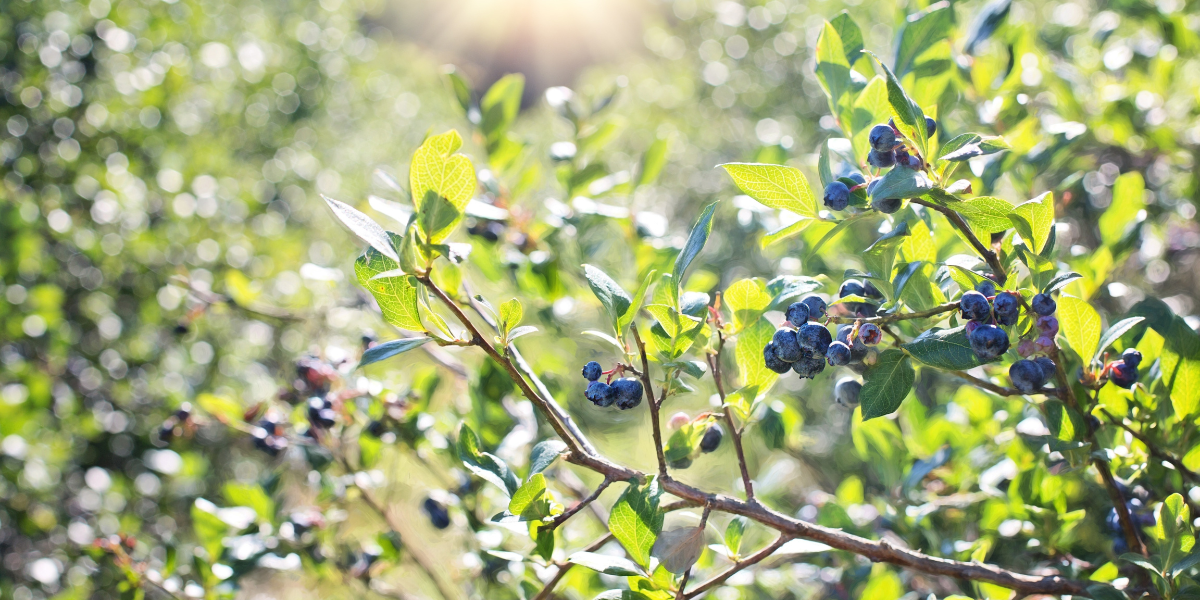
Blueberries are flowering plants with blue or purple-colored fruits that belong to the genus Vaccinium. Blueberries need very specific conditions to grow so they are mostly found in North America where they have thrived for 13,000 years. Native Americans were the first to use wild blueberries as natural flavoring and for medicinal purposes.
In 1916, avid farmer Elizabeth White and a botanist named Dr. Frederick Coville successfully cultivated the first domesticated blueberries in New Jersey and helped turn them into a worldwide industry.
At present, there are about 30 noteworthy varieties of blueberry but they can be divided into 4 major types, including:
-
Highbush
The highbush is the most commonly planted type of blueberry and yields the sweetest fruit. This plant grows from 3 to 6 feet in height.
-
Lowbush
This hardy type of blueberry thrives in cold weather and grows wild in tiny bushes of around 6 to 8 inches. The berries are small but with an intense flavor.
-
Hybrid Half-high
The half-high blueberry is a combination of the positive characteristics of the highbush and lowbush varieties. They can reach 3 to 4 feet in height and may be grown in containers.
-
Rabbiteye
This type of blueberry is resilient and the most pest-resistant of all the well-known varieties. It produces a lot of fruit and can grow to as high as 6 feet.
Although blueberries are native to North America, there are other variations grown in Europe and Asia and they are closely related to several other berries such as bilberries, cranberries, and huckleberries.
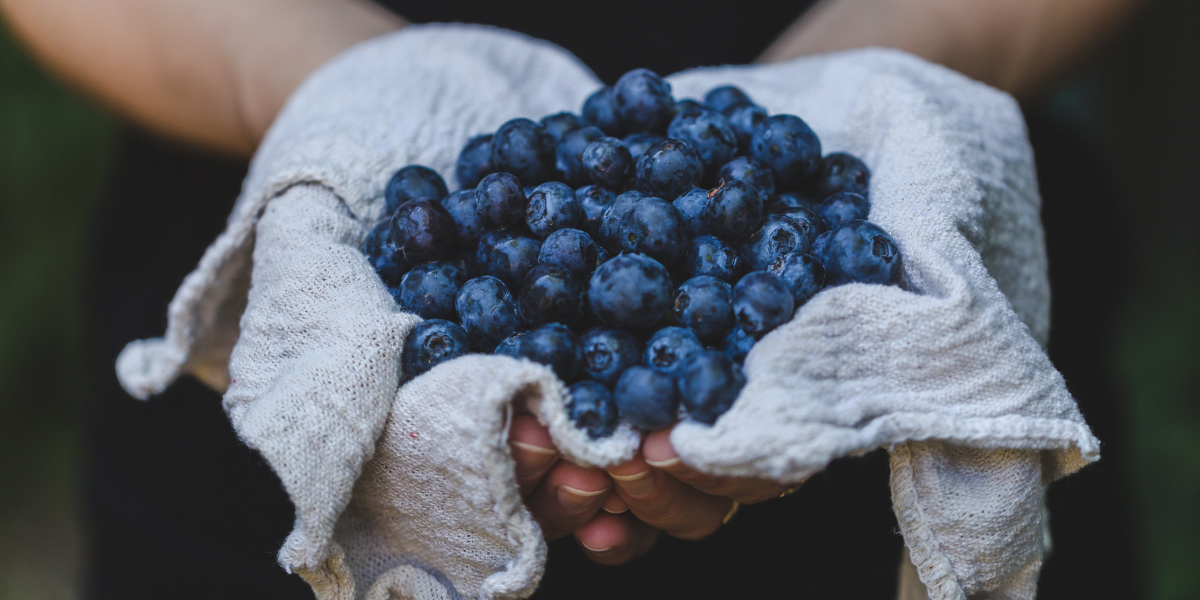
Here are the nutrition facts of a handful or 148-gram serving of fresh blueberries along with their percentage of daily value based on a 2000-calorie diet:
Calories 80
Total Fat 0.5g (1% of DV)
Sodium 0mg (0% of DV)
Cholesterol 0g (0% of DV)
Carbohydrate 21g (8% of DV)
Dietary Fiber 4g (14% of DV)
Sugars 15g
Protein 1g
Iron 0.4mg (2% of DV)
Calcium 10mg (0% of DV)
Potassium 110mg (2% of DV)
Manganese 0.5mg (20% of DV)
Vitamin A 0mcg (0% of DV)
Vitamin C 14mg (15% of DV)
Vitamin D 0mcg (0% of DV)
Vitamin K 29mcg (25% of DV)
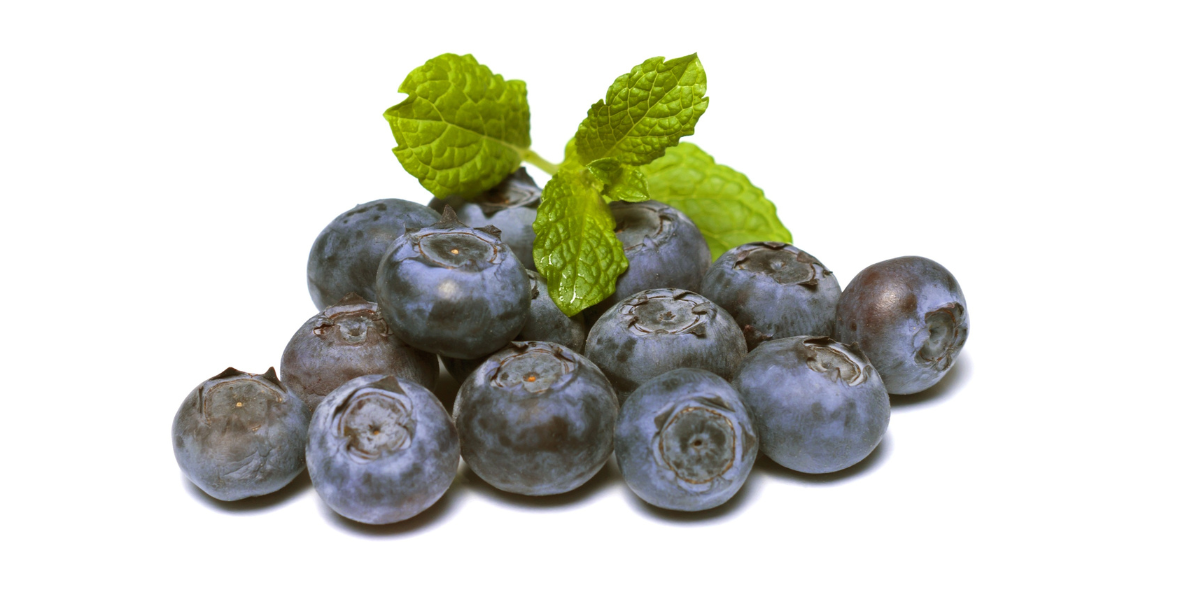
Blueberries are known as a superfood because they are packed full of nutrients, contain lots of powerful antioxidants, and, in spite of their small size, provide many health benefits including:
- Improves digestive function
- Maintains normal blood sugar levels
- Promotes brain health
- Reduces risk of heart disease
- Has anti-aging properties
- Boosts metabolism
- Helps manage high blood pressure
- Lowers risk of cancer
- Fights inflammation
- Strengthens bones
- Improves cholesterol levels
- Protects from oxidative stress
- Good for the skin
Are Blueberries And Green Poop Connected?
Blueberries are one of the fruits with the highest concentration of antioxidants. As a rule, the darker the color of the blueberries, the more antioxidants they contain. And in the color lies the mystery. Is there a connection between blueberries and green poop? As a matter of fact, two factors contribute to this happening.
-
Anthocyanin
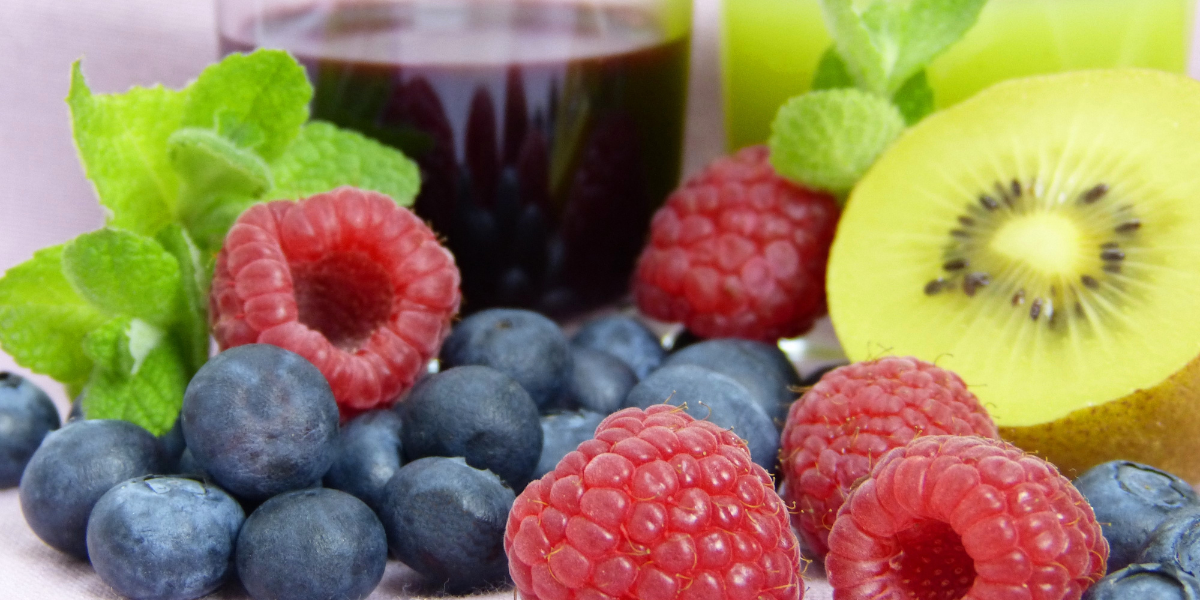
Anthocyanin is a plant compound that gives fruits and vegetables their distinctive color as well as various health benefits. In this case, anthocyanin is responsible for the natural blue color of blueberries and their powerful antioxidant effect.
The most common cause of green poop is, of course, eating green things. However, eating blue things can also produce the same result. So how can blueberries make you end up with green poop? The answer can be found in your elementary art class.
From the color wheel, we have been taught that a combination of blue and yellow can make green. According to New York internist and gastroenterologist Dr. Niket Sonpal, “By eating blue or purple berries, you can actually give yourself a green stool, because blue tones mixed with yellow from the stomach’s bile can result in bright green.”
Basically, colored poop originated from the anthocyanin pigments of what you have just eaten which passed through your digestive tract and affected the color of your stool. Red-colored foods like beets or cranberries can turn your poop red, while black-colored foods like Oreo cookies and blackberries can result in black stool. The intensity of the color of your poop depends on the quantity of food you have eaten and the speed of your metabolism.
-
Fructose Intolerance

At 7.4 grams per cup, blueberries are high in fructose. Fructose is a type of simple sugar naturally found in fruits, vegetables, and plant foods like sugar cane and honey. It is also the sweetest naturally occurring carbohydrate being 1.2 to 1.8 times sweeter than table sugar.
Unfortunately, some people have trouble digesting fructose and this condition is known as Fructose Intolerance. When your digestive system is unable to absorb fructose properly, it can lead to gastrointestinal issues such as abdominal pain, gas, and diarrhea.
Due to their high fiber and fructose content, blueberries tend to trigger bowel movements. However, eating too many blueberries can cause you to have diarrhea. And diarrhea can be the culprit behind green poop. The transit of food through your digestive tract may be too fast that there is not enough time for your bile to break it down properly which results in green-colored stool.
Potential Side Effects Of Blueberries
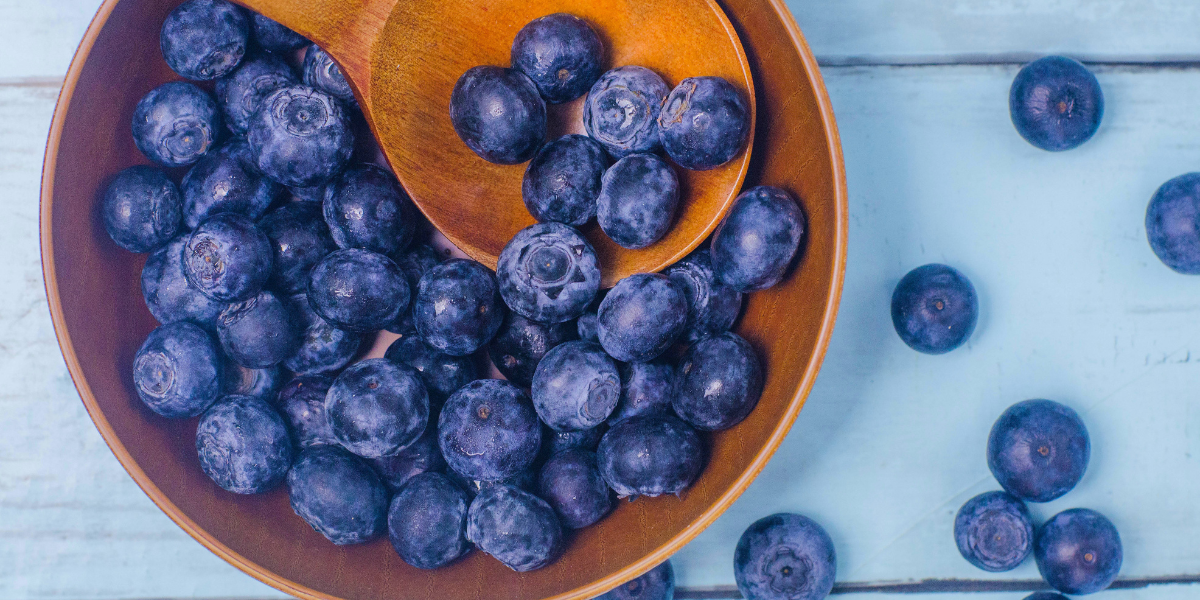
Blueberries are known to cause your poop to turn green, but there are other lesser-known but more serious potential side effects of eating too many blueberries, and they are:
- Vitamin K toxicity
- Sugar imbalance
- Delays healing of surgical wounds
- Salicylate intolerance
- Excessive fiber intake
Although blueberries are generally safe to eat, we must keep in mind that everybody is different. We may be allergic to certain foods while others are not. Each person has varying reactions to a specific food so the best recourse is to eat anything in moderation.
Other Foods That Can Make Your Poop Green
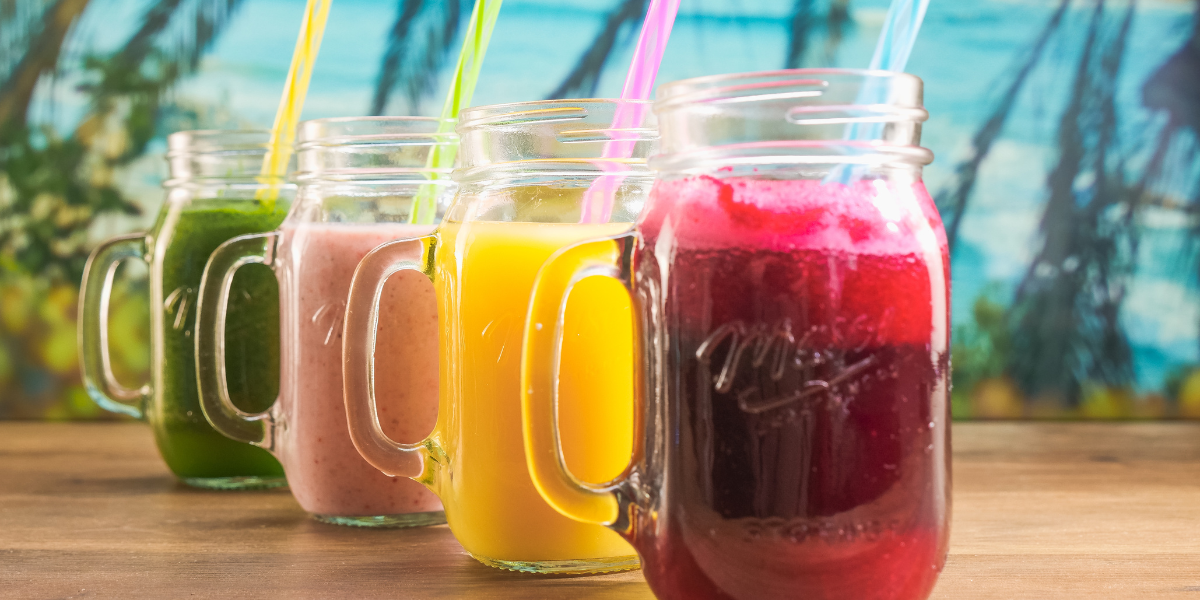
When you suddenly find yourself pooping green-colored stool, the mystery can usually be solved by merely recalling what you have been eating for the past 24 hours. Aside from blueberries, here are other foods that can make your poop green:
- Pistachios
- Blue tortilla chips
- Leafy greens like spinach and kale
- Vegetable and fruit juices
- Green Jello
- Cake frosting
- Flavored drinks like Kool Aid and grape soda
- Ice pops
- Foods high in chlorophyll like algae, seaweed, wheat grass, and spirulina
Other reasons for green poop are antibiotics, food dyes, iron supplements, bacterial infection, and gallbladder surgery. However, the primary cause will always be your diet.
The Bottomline
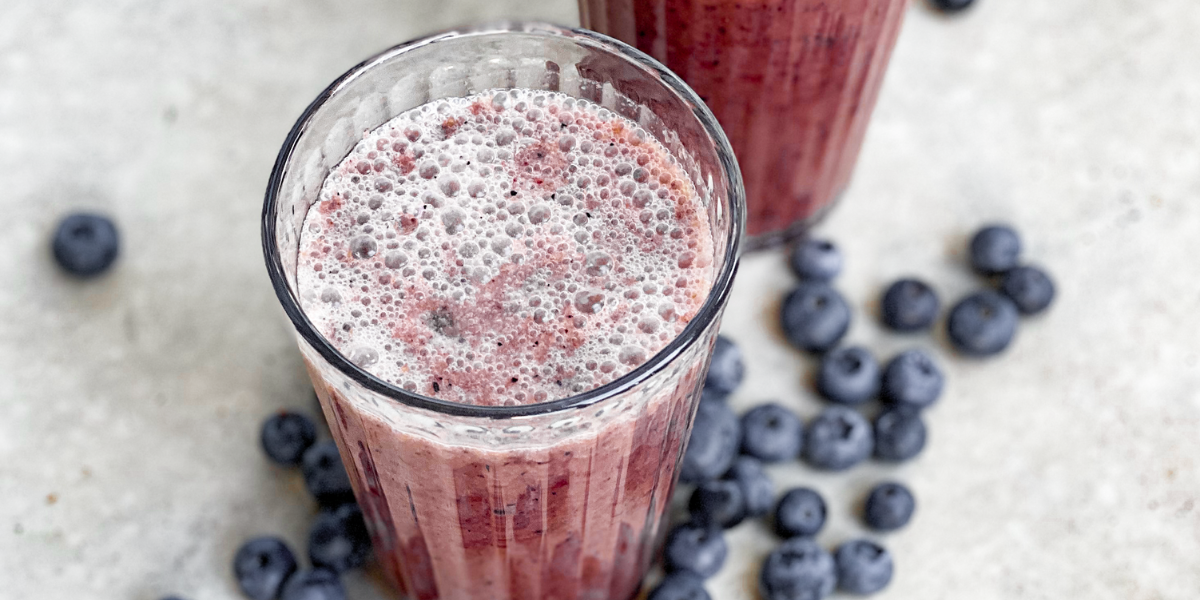
There are plenty of reasons to eat blueberries. After all, blueberries are not called a superfood for nothing! This delicious fruit is not only nutritious with numerous vitamins, minerals, and antioxidants but also provides an impressive array of health benefits.
On the other hand, green poop is not as uncommon as it seems. When this happens occasionally, then this is nothing to worry about. It mainly indicates that you’re eating your fruits and vegetables. But is there a connection between blueberries and green poop? Yes, there is, and there is a perfectly good explanation for it.

